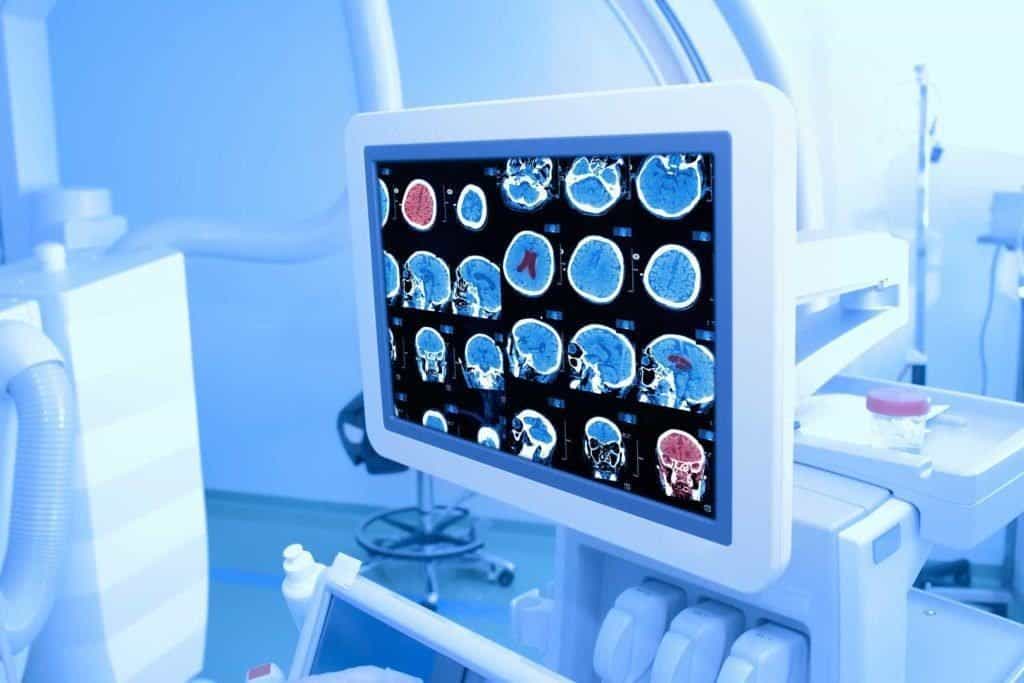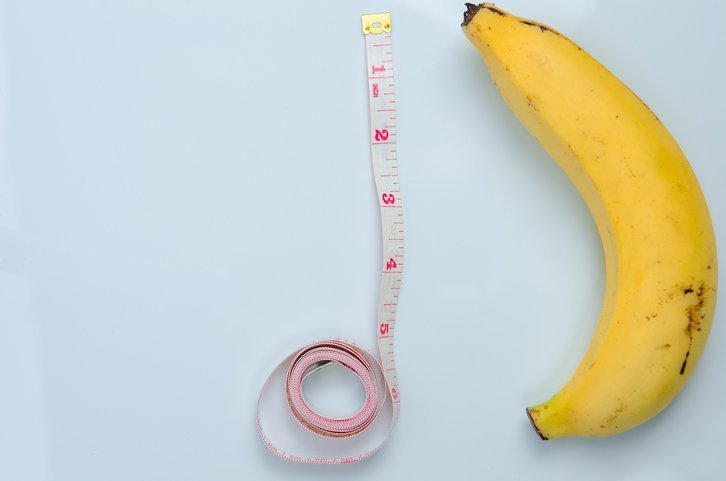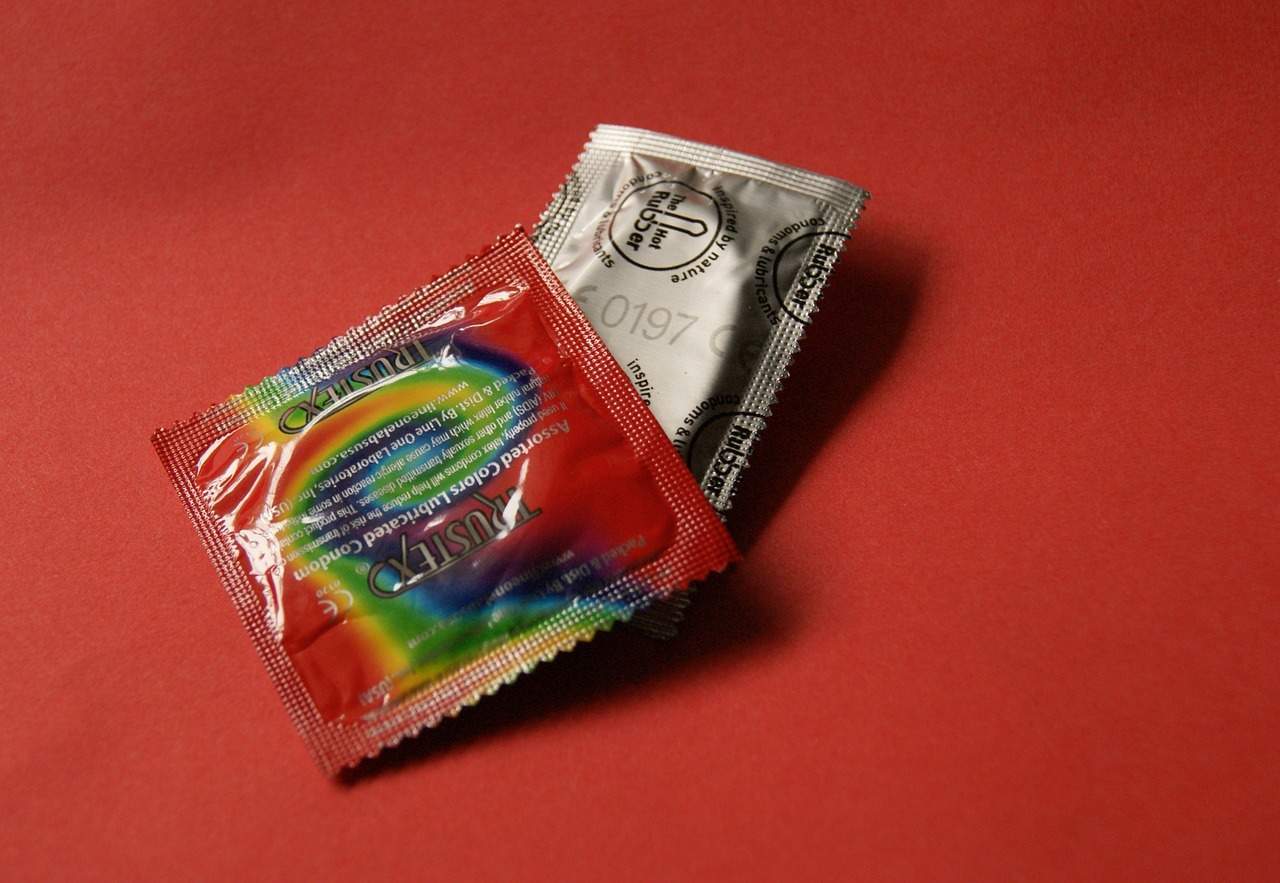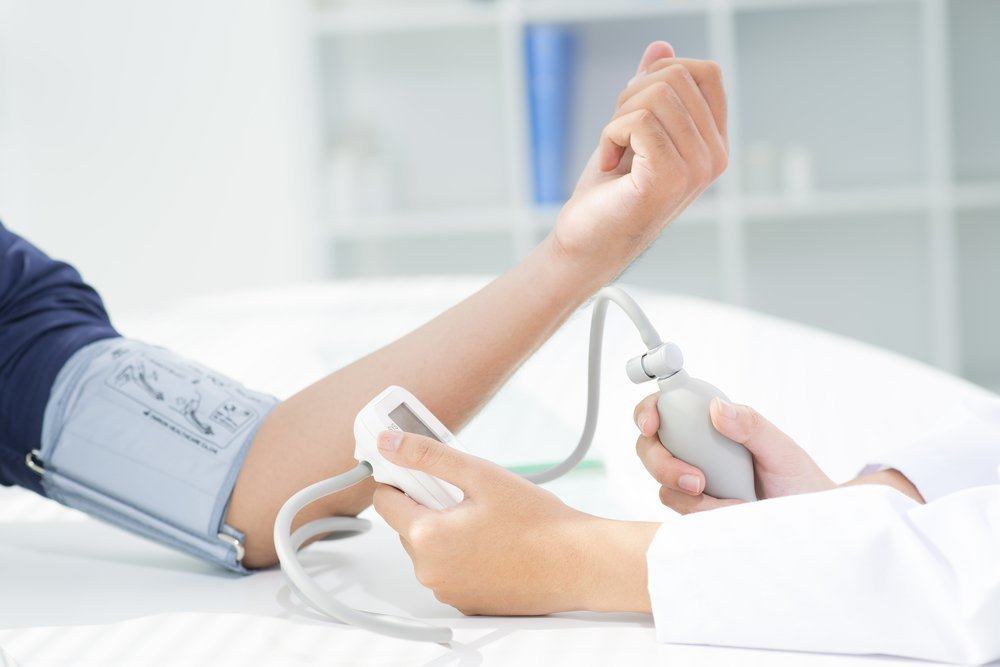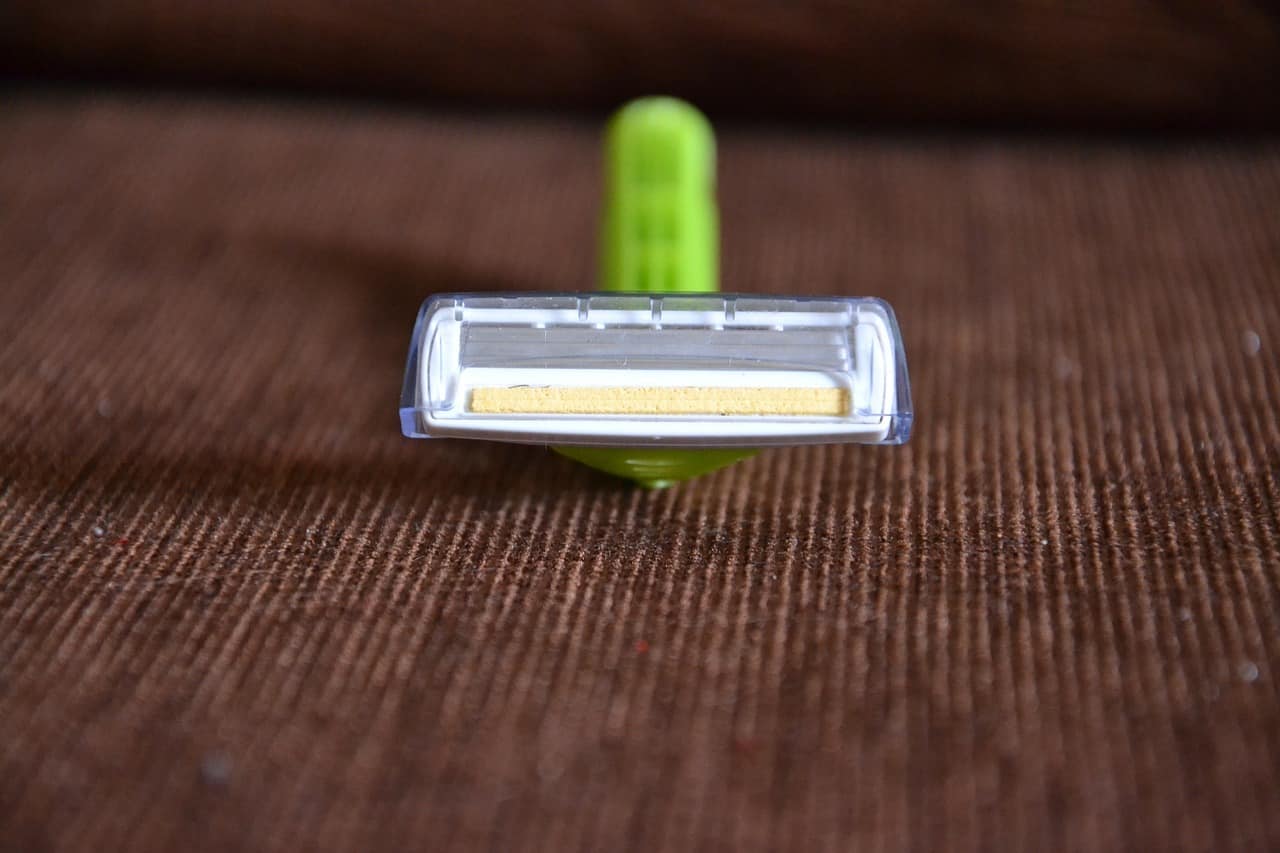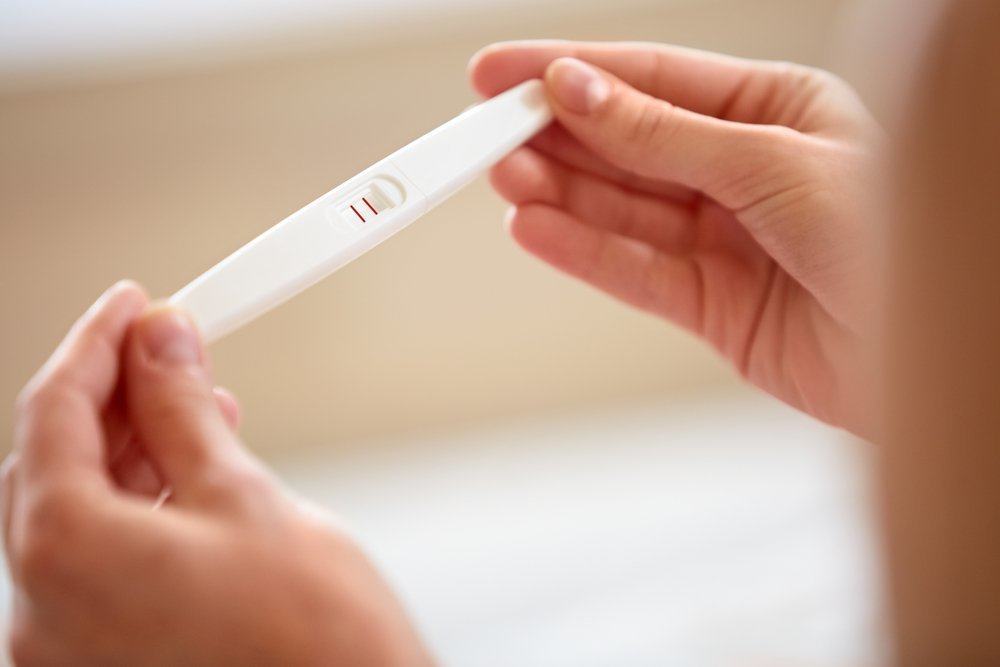Contents:
Medical Video: Latest Advances in Stroke Treatment
New developments in stroke care and research provide valuable benefits and improve the quality of life for stroke patients. Stroke care has progressed in many aspects, starting with prevention, diagnosis, treatment, recovery, and rehabilitation so that the lives of stroke patients and those who care about stroke are guaranteed.
Regarding stroke recovery and rehabilitation, it is now known that the brain has the ability to recover strokes through a process called neuroplasticity.
This is the ability of healthy neurons in the brain to 'take over' several functions to maximize recovery after a stroke. The challenge of neuroplasticity is learning how to utilize and maximize optimal recovery. Many stroke studies are directed at using the body's natural abilities, while learning how to encourage recovery as optimally as possible.
Technology plays an important role in the development of stroke care, enabling scientists to direct recovery and also to evaluate whether a new method of stroke treatment is effective.
An interesting research experiment explains the use of computer guides to stroke rehabilitation. The journal "Rehabilitative Medicine" in February 2014 describes a study in Japan designed to evaluate innovative methods of computer-assisted rehabilitation. During the first phase of the study, the patient tried to move his finger when receiving electrical stimulation to his hand. This step is the basis of the experiment.
Then the second stage of the research is to use computer assistance methods in rehabilitative exercises that are carried out and monitored for comparison.
In the second phase, the patient will make a similar motion on his fingers when receiving the same method of electrical stimulation. But this time he received electrical stimulation in his hands only when the appropriate motor area of his brain was active with his own spontaneous efforts. When finger movements and electrical stimulation have been coordinated with appropriate motor brain activity, signs of increased brain function are detected in the brain and body. Blood and nerve tests are obtained during non-computer electrical stimulation guidelines and are compared with blood tests and research obtained during computer electrical stimulation.
This study objectively measures signs of increased brain function that are significantly better compared to the initial measurements obtained during the non-computer assistance phase. This interesting study shows that there may be potential for rehabilitation of computer assistance for some patients recovering from brain tissue damage due to stroke. When electrical stimulation adjusts to motor activation in the brain, electrical stimulation seems more effective, which may have major implications for stroke recovery.
Many aspects of care and post-stroke management have advanced in recent years. Efforts to improve the prognosis after a stroke and focus on rehabilitation during recovery can enable more freedom and better daily functions for stroke patients.

